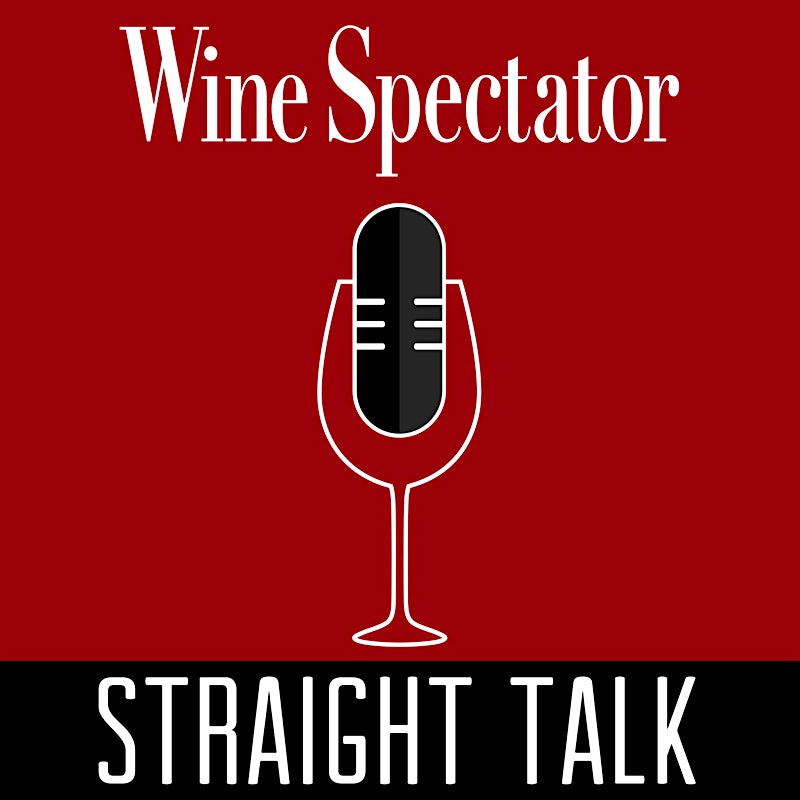What affordable sparkling wines are good alternatives to Champagne?

Hello there! I'm Dr. Vinifera, but you can call me Vinny. Ask me your toughest wine questions, from the fine points of etiquette to the science of winemaking. And don't worry, I'm no wine snob—you can also ask me those "dumb questions" you're too embarrased to ask your wine geek friends! I hope you find my answers educational, empowering and even amusing. And don't forget to check out my most asked questions and my full archives for all my Q&A classics.
Dear Dr. Vinny,
I love Champagne, but it’s so expensive. What other sparkling wines do you recommend that are like Champagne but more affordable?
—Rich, Washington, D.C.
Dear Rich,
Champagne is tough to beat for its quality, but there are plenty of sparklers from other parts of the world to consider if you’re looking for something that won’t break the bank.
Why is Champagne so pricey? It’s made using what’s known as the méthode Champenoise. (Check out our guide to how Champagne is made for a deep dive!) This way of making sparkling wine, also known as the traditional method, takes a lot of time, labor and expertise—and is therefore expensive. Champagne is also, well, the most famous sparkling wine on earth. That means producers can charge higher prices simply due to supply and demand.
Once the grapes are picked and a still wine is made, a secondary fermentation takes place inside each and every bottle. The long process involves a slew of vocabulary words, including liqueur de tirage, riddling, disgorgement and dosage. The point is that many, many steps are required to make Champagne.
Traditional Method Bubbles Beyond Champagne
The good news for bubble heads like us is that there are plenty of traditional method sparklers made outside the Champagne region. These bottlings can rival the complexity, depth, and fine bubbles of Champagne, but they’re usually easier on the wallet, in part because they’re not as famous.
One standout traditional method sparker that offers great value is Spain’s Cava. Cava is typically made using Spanish varieties (including Macabeo, Parellada and Xarel-lo) instead of Pinot Noir, Pinot Meunier and Chardonnay (the dominant varieties in Champagne). But Cava can boast all the richness of traditional method bubbles, and there are many excellent bottles available for under $20. If you’re willing to spend a bit more, you can find vintage-dated and aged examples for around the price of a typical non-vintage bottle of Champagne.
Other great Champagne look-alikes include the Italian sparklers Franciacorta and Trentodoc, various crémants (from Alsace, Burgundy, the Loire and other parts of France), and many bubbles from the New World.
Other Carbonation Methods
There are also other ways to get the bubbles in a bottle of wine that require fewer steps. As a result, these sparklers are typically cheaper than traditional method wines. A winemaker can bottle a wine before the primary fermentation is complete, resulting in a hip style called pétillant naturel, or pét-nat for short.
Winemakers can also put an entire batch of wine through secondary fermentation in a big tank instead of in individual bottles. This more efficient way of producing bubbles is called the Charmat or “tank” method. It’s used most prominently in Prosecco, which is a popular source of value bubbles. (Some Proseccos are also made in the col fondo style, which is similar to the traditional method.) And if you’re in the mood for something a little sweet (and low in alcohol), don’t forget about Moscato d’Asti.
In general, the New World is a good place to find value bubbles: California, Oregon, Washington, Australia’s Tasmania and New Zealand can give plenty of bubbly pleasure for a lower price tag.
And when considering sparkling wine as a whole, look for non-vintage bottles, which will be more affordable than vintage-dated wines.
—Dr. Vinny





